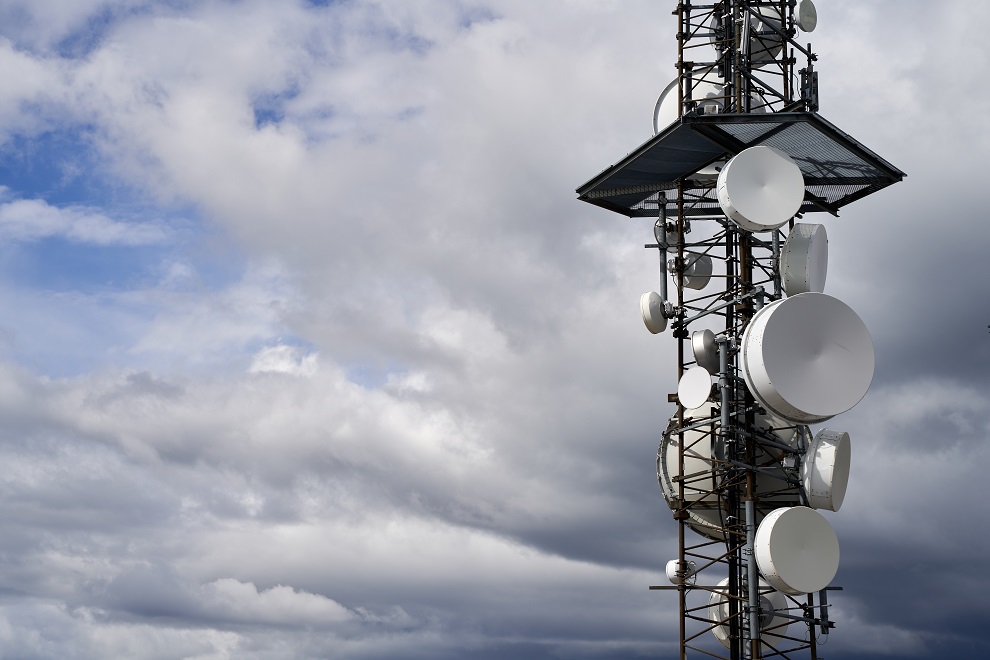The deployment of satellite constellations in Low Earth Orbit (LEO) for low-latency and high throughput network applications and extending terrestrial network (TN) coverage continues to drive the adoption of satellite services in the global telecommunications sector, which global technology intelligence firm ABI Research predicts will culminate in US$124.6 billion worth of annual service revenues from satellites by 2030.
“Satellite communications services have seen a new wave of enthusiasm and convergence with terrestrial networks looking to extend past their coverage zones and bridge the digital divide,” explains Andrew Cavalier, Satellite Communications Industry Analyst at ABI Research. “As we look ahead, we are witnessing a growing trend of operators leveraging software-defined satellites and multi-orbit solutions to meet the connectivity demands of the future.” In this way, market developments are trending to adopt satellite services like IoT, backhaul, commercial broadband, and NTN-Mobile, especially for connecting the unconnected and enhancing the telecom arsenal of any terrestrial CSP. Some of the most influential players in the growing satellite communications services space include SpaceX, OneWeb, SES S.A., Viasat/ Inmarsat, Intelsat, and Globalstar.
The market is increasingly focusing on new service segments such as NTN-Mobile applications. According to Cavalier, “The emergence of satellite-enabled mobile devices from major consumer smartphone manufacturers and chipset makers like Apple, Qualcomm, Motorola, MediaTek, Huawei, and ZTE indicates satellite communications services breaking into the mainstream consumer market.” ABI Research forecasts that the NTN-Mobile segment has the potential to reach a market value of around US$18 billion with up to 200 million connections by 2031.
Advancements in SatCom’s miniaturization of components and the decrease in launch costs have also benefited the Enterprise sector. These advancements have led to a new wave of highly specialized small satellites in Low Earth Orbit (LEO), known as “NewSpace.” These developments have ushered in a new wave of satellite-based services and applications, particularly for the Internet of Things (IoT). “The efforts of organizations like the 3rd Generation Partnership Project (3GPP) and the LoRa Alliance have played a crucial role in this evolution and facilitated the adaptation of terrestrial-based IoT protocols such as Narrowband IoT (NB-IoT), LTE-M, and LoRa for satellite communications. As a result, the possibilities for global IoT connectivity have expanded, driving further innovation in the satellite industry,” Cavalier says.
“We are seeing that the market is evolving quickly, and many services are finding enhanced deployment through strategic alliances and from increased bandwidth supply in LEO,” adds Jake Saunders, Vice President of Asia Pacific at ABI Research. “With satellites becoming smaller, more affordable, and reaching closer orbits, the barriers to entry have been lowered, fostering innovation and expanding the scope of satellite-based services and applications. The market is revealing new development paths that will influence the Terrestrial and Non-terrestrial connectivity markets and shape enterprise opportunities throughout the telecommunications value chain. These services will take off and potentially reach over US$124.6 billion by 2030.”
These findings are from ABI Research’s SatCom Constellations: Deployments & Subscriptions market data report. This report is part of the company’s Satellite Communications research service, which includes research, data, and ABI Insights. Market Data spreadsheets comprise deep data, market share analysis, and highly segmented, service-specific forecasts to provide detailed insight into where opportunities lie.












